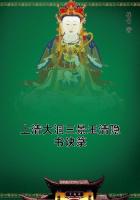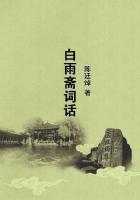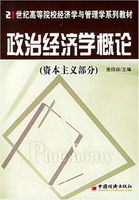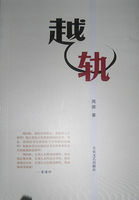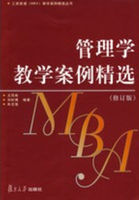Early researches: magnetic rotations: liquefaction of gases: heavy glass: Charles Anderson: contributions to physics.
Oersted, in 1820, discovered the action of a voltaic current on a magnetic needle; and immediately afterwards the splendid intellect of Ampere succeeded in showing that every magnetic phenomenon then known might be reduced to the mutual action of electric currents.
The subject occupied all men's thoughts: and in this country Dr. Wollaston sought to convert the deflection of the needle by the current into a permanent rotation of the needle round the current.
He also hoped to produce the reciprocal effect of causing a current to rotate round a magnet. In the early part of 1821, Wollaston attempted to realise this idea in the presence of Sir Humphry Davy in the laboratory of the Royal Institution.This was well calculated to attract Faraday's attention to the subject. He read much about it; and in the months of July, August, and September he wrote a 'history of the progress of electro-magnetism,' which he published in Thomson's 'Annals of Philosophy.' Soon afterwards he took up the subject of 'Magnetic Rotations,' and on the morning of Christmas-day, 1821, he called his wife to witness, for the first time, the revolution of a magnetic needle round an electric current.
Incidental to the 'historic sketch,' he repeated almost all the experiments there referred to; and these, added to his own subsequent work, made him practical master of all that was then known regarding the voltaic current. In 1821, he also touched upon a subject which subsequently received his closer attention--the vaporization of mercury at common temperatures; and immediately afterwards conducted, in company with Mr. Stodart, experiments on the alloys of steel. He was accustomed in after years to present to his friends razors formed from one of the alloys then discovered.
During Faraday's hours of liberty from other duties, he took up subjects of inquiry for himself; and in the spring of 1823, thus self-prompted, he began the examination of a substance which had long been regarded as the chemical element chlorine, in a solid form, but which Sir Humphry Davy, in 1810, had proved to be a hydrate of chlorine, that is, a compound of chlorine and water.
Faraday first analysed this hydrate, and wrote out an account of its composition. This account was looked over by Davy, who suggested the heating of the hydrate under pressure in a sealed glass tube.
This was done. The hydrate fused at a blood-heat, the tube became filled with a yellow atmosphere, and was afterwards found to contain two liquid substances. Dr. Paris happened to enter the laboratory while Faraday was at work. Seeing the oily liquid in his tube, he rallied the young chemist for his carelessness in employing soiled vessels. On filing off the end of the tube, its contents exploded and the oily matter vanished. Early next morning, Dr. Paris received the following note:--'Dear Sir,--The oil you noticed yesterday turns out to be liquid chlorine.
'Yours faithfully, 'M. Faraday.'
The gas had been liquefied by its own pressure. Faraday then tried compression with a syringe, and succeeded thus in liquefying the gas.





